Tips for Filling Your Raised Garden Bed
Your Garden Bed Tub Volume
| 157cm long | 81cm long | |
| 23cm deep | 120 litres | 60 litres |
| 35cm deep | 220 litres | 110 litres |
| 41cm deep | 270 litres | 135 litres |
Optimising Root Health with Ventilation
The side holes (and drain holes) allow for aeration of the roots. It’s genreally understood among gardeners that
- sunlight,
- water, and
- nutrients are essential for healthy plant growth, but
- air is just as critical for both the above-ground and below-ground parts of a plant.
Roots need oxygen to function properly.
- Plants depend on respiration to produce energy for nutrient absorption.
- Air circulation in the potting mix fosters beneficial microbes that:
- Break down organic matter.
- Release nutrients in plant-accessible forms.
- Proper aeration allows roots to grow freely, supporting healthy development.
Fill your garden bed right to the top
- When filling your garden bed, a small amount of potting mix may fall out through the side holes initially, but this will quickly settle, and no further loss will occur.
- If you opt for soil instead of potting mix, you might notice that soil, being less structured, is more prone to falling out.
- For added peace of mind, we offer Drainage Fabric as a liner. While we don't consider it necessary when using the recommended potting mix, it can be a good option if you need to keep the surrounding area particularly neat and tidy.
Mulch Your Garden Bed
Benefits of Mulch- Moisture Retention: Reduces evaporation, keeping the potting mix moist and reducing watering frequency.
- Temperature Regulation: Insulates roots from extreme heat or cold, stabilising soil temperatures.
- Weed Suppression: Blocks sunlight, inhibiting weed growth.
- Erosion Control: Protects the potting mix from wind and water erosion.
- Improves Potting Mix Quality: Organic mulches decompose, adding nutrients and improving the potting mix texture.
- Aesthetic Appeal: Enhances the look of your garden or landscape.
- Pest Control: Certain mulches like cedar chips can deter pests.
Potting Mix vs Soil
We recommend potting mix - but here are some pros and cons of Potting Mix vs Soil in your raised garden bed.
Potting Mix
Pros:
- Lightweight: Potting mix is less dense than soil, making it easier to handle and reducing strain on containers.
- Better Drainage: Designed to drain excess water while retaining enough moisture for plant roots, reducing the risk of waterlogging.
- Disease-Free: Typically sterile or pasteurised, reducing the risk of soil-borne diseases and pests.
- Customised Nutrients: Often comes pre-mixed with nutrients and additives tailored for specific plant needs.
- Easy to Work With: Its fluffy, aerated texture is ideal for planting and transplanting.
Cons:
- Cost: Potting mix is generally more expensive than regular garden soil, especially for filling large containers.
- Nutrient Depletion: Nutrients in potting mix may deplete quickly, requiring regular fertiliser applications.
- Quick Drying: Can dry out faster than soil, especially in hot weather, necessitating frequent watering.
Garden Soil
Pros:
- Affordable: Soil from your garden or bulk topsoil is slighly cheaper than potting mix.
- Long-Term Nutrients: Soil typically contains more organic matter that breaks down slowly, providing sustained nutrients.
- Moisture Retention: Retains moisture better than potting mix, which can be advantageous in hot, dry climates.
Cons:
- Heavy: Soil is dense, making it harder to move and putting more stress on containers and their supports.
- Poor Drainage: Garden soil can compact over time, leading to waterlogging and root rot in containers.
- Pests and Diseases: Non-sterile soil may introduce weeds, pests, or soil-borne diseases into your containers.




Share and get 15% off!
Simply share this product on one of the following social networks and you will unlock 15% off!